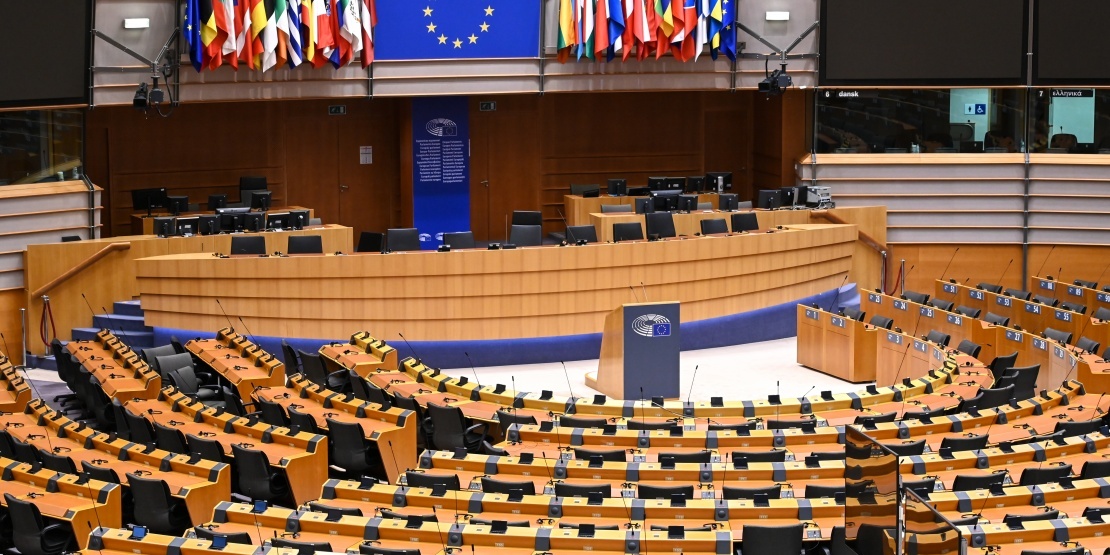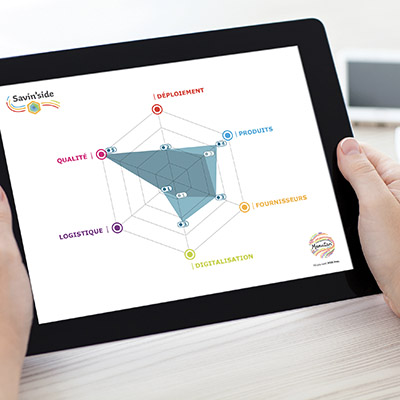The new Ecodesign for Sustainable Products Regulation has just been voted. This EU regulation aims to strengthen product circularity, making them more sustainable and environmentally friendly. It bolsters existing ecodesign rules whilst also broadening the scope to encompass nearly all product categories in the European market.
The Ecodesign for Sustainable Products Regulation
The Ecodesign for Sustainable Products Regulation was approved by the European Parliament on 23 April 2024 and subsequently published in the Official Journal of the European Union on 28 June 2024. It replaces the current ecodesign Directive 2009/125/EC of the European Parliament and of the Council, while also amending Directive 2020/1828 and Regulation 2023/1543.
This new EU regulation establishes a legislative framework to set a wide range of rules for ecodesign, with the goal of improving product circularity and environmental performance. These requirements cover both performance and information conditions.
Until now, EU member states manufacturers were already subject to ecodesign requirements applicable to energy-related products, such as refrigerators, local space heaters, computers, and vacuum cleaners. This new regulation now covers almost all physical goods sold within the EU, with a few exceptions (food products, cars, medicinal products, products related to defence or national security...).
Ebba Busch, Swedish Minister for Energy and Industry and Deputy Prime Minister, emphasises the importance of this approach: "If we want truly sustainable European products on the market, we need to address this issue at its source: Design. The Ecodesign Regulation will ensure that products sold on the EU market are ready for the green transition."
New ecodesign requirements
The legislative framework established by this new ecodesign directive provides for new standards in several areas.
Durability and repairability
Products must be designed to maximise their useful life and, where possible, exceed the generally observed lifespan within the same specific product groups, to minimise the need for replacement. The design must facilitate disassembly and repair. This means that components and sub-assemblies must be accessible for easy repair or replacement when necessary.
Harmful substances
Manufacturers will need to limit, or even exclude, the use of materials and/or substances of concern that could hinder their reuse or recycling, or simply be harmful to the environment.
Energy efficiency and resource use
Products must be designed to optimise energy consumption and resource use throughout their life cycle.
Use of recycled materials
A minimum threshold of recycled materials must be incorporated into product manufacturing to promote the use of secondary resources and thus boost the circular economy.
Remanufacturing and recycling
Manufacturers will need to facilitate the disassembly and separation of components in their products to promote remanufacturing, as well as quality recycling through material recovery when goods reach the end of their life.
Environmental footprint
Choices regarding materials, manufacturing processes, and the supply chain must reflect manufacturers' willingness to reduce greenhouse gas emissions and the carbon footprint of their products.
Unsold consumer products
This new legislation prohibits the destruction of unsold textiles and footwear by large companies, followed by medium-sized companies. These organisations will also need to publish annual information about their unsold goods on their e-commerce website, across all business sectors.
Sustainable public procurement
Several mandatory criteria will apply to public procurement to use public spending as a lever to stimulate demand for more sustainable products.
Buyer and consumer information
Manufacturers will need to provide accurate and accessible information on the circularity of their products. This will cover durability, repairability, use of recycled materials, etc.
In this dynamic, it is recommended to communicate this information in a digital format, such as through the "digital product passport". This system will take the form of an electronically accessible identity card (e.g., manual, QR code...) for products, components, and materials. This technical documentation will allow all stakeholders (consumers, companies, manufacturers, authorities...) to make informed decisions.
Next steps for this regulation
The Ecodesign for Sustainable Products Regulation came into force on 18 July 2024. Today, the challenge is to put it into practice while ensuring a high level of transparency and an inclusive approach.
The ambition is to adopt and publish a first working plan by April 2025. Over time, delegated acts will be progressively taken to set these specific requirements for each product, or for a range of products with similar characteristics. It's worth noting that the European Commission is likely to prioritise products considered to have a high impact, such as metals, chemicals, electronics, furniture...
This approach is fully in compliance with the European Green Deal and the Circular Economy Action Plan. All these measures should enable the EU to double its circularity rate in material use and achieve its energy efficiency targets by 2030. The European Commission emphasises that "by 2030, the new framework for sustainable products can save 132 million tonnes of primary energy, which corresponds to approximately 150 billion cubic metres of natural gas, almost equivalent to the European Union's Russian gas imports." This would be in addition to reducing greenhouse gas emissions by around 260 million tonnes of CO2 equivalent and creating 200,000 jobs.
As you can see, this regulation is a significant step forward for the green transition. It is now up to companies to act proactively to assess the potential impact on their products. Especially since they can contribute to discussions, as stakeholders, on the development of ecodesign criteria and the digital product passport.









